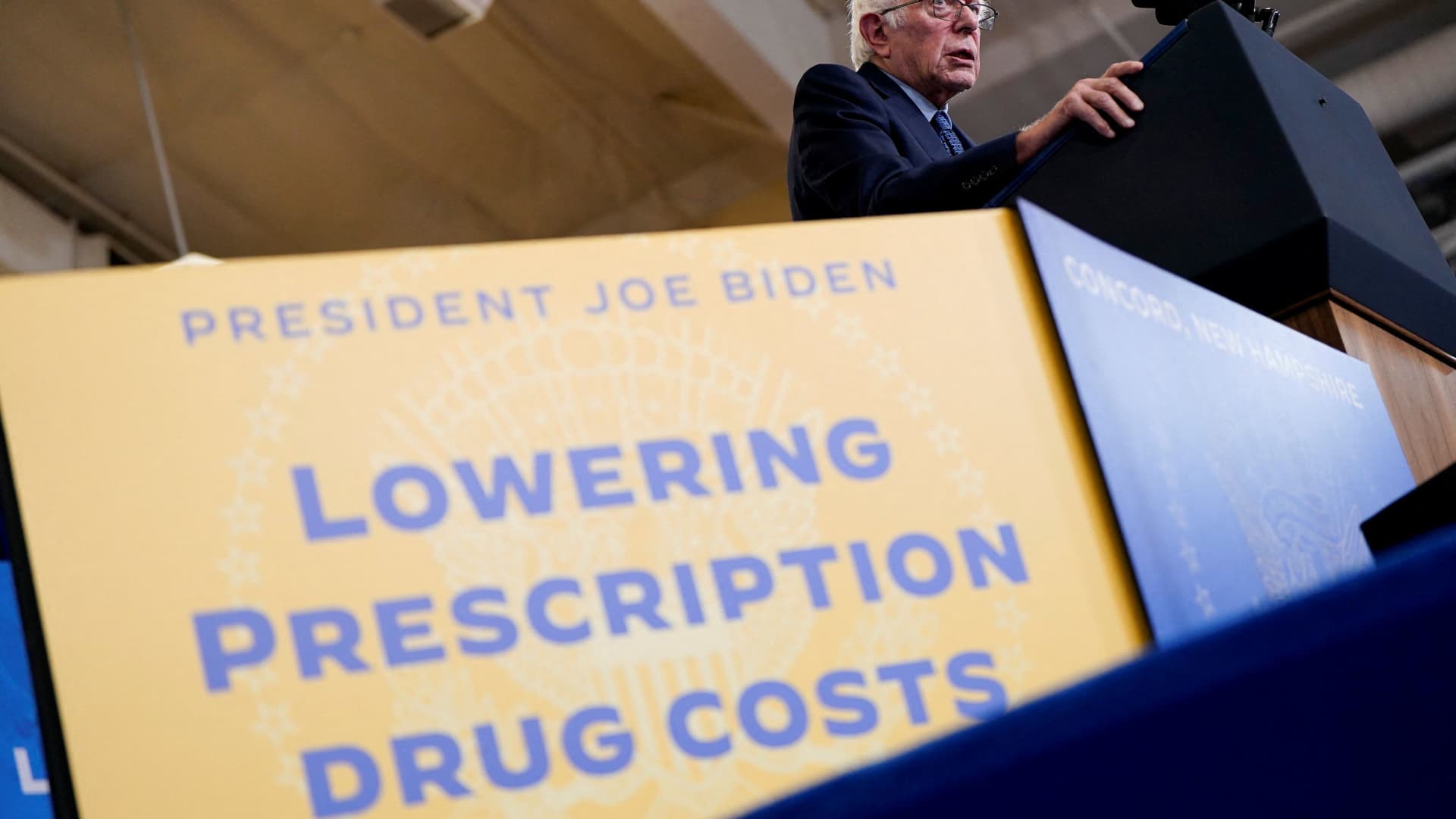Wall Street’s longest weekly winning streak in nearly 20 years came to an end on Friday, as stock investors’ celebrations of slowing inflation and the potential for interest rate cuts were replaced by caution over risks. persistent for the economy.
The S&P 500 index ended the week with a loss of 1.5 percent. It was the first weekly decline after nine straight weeks of gains — the market’s longest winning streak since January 2004. The Nasdaq Composite, packed with tech stocks that have soared in 2023, has also fallen.
Analysts and investors said the measures so far indicated only a slight setback, rather than the start of a more severe slowdown. Unbridled investor optimism had propelled the S&P 500 nearly 14 percent higher in the final two months of the year, on the verge of hitting a new high.
In addition to caution that stock market valuations had risen too much, too fast, investors’ new sobriety was underpinned by a reassessment of when the Federal Reserve would begin cutting interest rates, cuts that could boost prices. of stocks, corporate profits and consumer spending. Looking ahead to the end of 2023, investors were betting that rate cuts could begin in March.
“The market has gotten ahead of itself a little bit,” said Cayla Seder, macro strategist at State Street, pointing to the risk that slowing inflation could still reverse course. “There was a lot of optimism coming to the end of the year.”
Minutes from the Federal Reserve’s last meeting in December, released Wednesday, confirmed perceptions that the central bank’s stance has changed, with policymakers acknowledging a slowdown in inflation that likely means the end of further rate hikes. of interest. But the minutes suggested that authorities intend to keep rates elevated until they are more confident that inflation is under control, putting pressure on bets of a rate cut in the coming months. That, in turn, has weighed on stocks.
On Friday, new data showed the labor market remained strong in December, cementing confidence in the economy’s resilience but also stoking concerns that inflation could still reignite as wages continued to rise. The S&P 500 ended the day up about 0.2 percent, although that was not enough to reverse losses from earlier in the week.
The initial drop marks the S&P 500’s worst start to a year since 2015, although analysts cautioned against drawing strong conclusions from just four days of trading.
Many of the stocks that drove the market higher last year have been the anchor that has weighed it down in 2024. All of the so-called Magnificent Seven stocks, which include the market’s largest companies that have a huge impact on returns, are found among the worst results of the week.
Together, Apple, Amazon, Microsoft, Nvidia, Tesla, Alphabet (parent of Google) and Meta (parent of Facebook) are responsible for almost 70 percent of the S&P 500’s decline since January 2. Without them, the index would have fallen less than 1 percent.
Apple, which has lost about 6 percent since last Friday, has come under sustained pressure after two analysts downgraded their outlook for the company, pointing to falling iPhone sales that have contributed to the contraction of income.
Some analysts say stock prices could fall further. While investors have reduced their bets on a rate cut in March, they still hope that a gradual slowdown in the economy will give the Federal Reserve license to reduce borrowing costs by 0.75 percentage point by the end of July, as much as the central bank did. forecast in December for all of 2024.
If the economy turns out stronger than expected, the central bank is likely to keep rates higher for longer, disappointing investors. A sharp deterioration in the health of the economy could lead to rate cuts, but for more worrying reasons.
“It’s all very Goldilocks,” said George Goncalves, chief macro strategist at MUFG Securities. “It doesn’t sit well with me.”
A rise in long-term borrowing costs, supported by the rate paid on government bonds, could also unsettle stock investors, after a surprise rally late last year dragged Treasury yields lower. 10 years down by about one percentage point to around 4 percent. . Some bond traders surveyed by JP Morgan began this week betting on a reversal of some of that move, and Friday’s jobs data has already helped push yields higher.
“One of the big risks of leaning toward an uptick in Fed easing is that after a couple of months, investors typically realize that the Fed is withdrawing its policy of raising interest rates because they see growth.” slow”, which tends to be “less constructive. “For the stock market, said Lauren Goodwin, an economist at New York Life Investments.
For many analysts, however, a modest pullback in the market after the scorching late-2023 rally was warranted, and most stock market forecasters are still predicting a rise in the S&P 500 over the next year.
Roger Aliaga-Díaz, an economist at Vanguard, said the balance of risks had tilted toward an “optimistic scenario” while “ignoring all the risks that, in our opinion, are still there.”
“We are not out of the woods in terms of inflation,” he warned.









